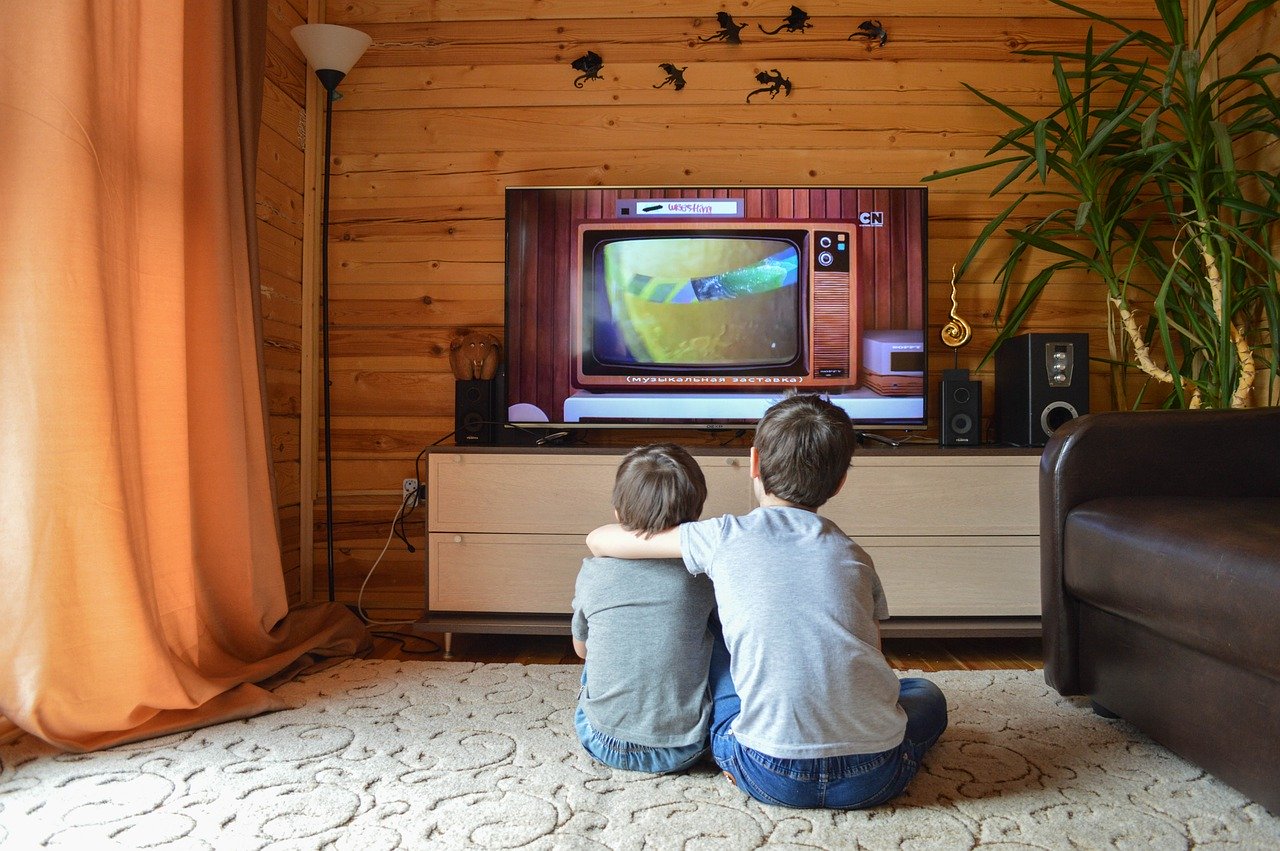In May 2019 researchers from the USA published the results of their study to assess the association between relational aggression on television and relational aggression in text messaging. Relational aggression, is behaviour intended to harm or manipulate relationships/friendships or social standings of individuals who do not wish to be harmed. The researchers stated that although multiple forms of new media have been created in recent years (eg social networking websites, video games), television viewing remains one of the most dominant forms of media use among both children and adolescents. As such, it is important to be aware of what content adolescents are viewing on television, as content plays a large role in the outcomes associated with media use. It has already been noted that forms of relational aggression, which is frequently seen on television in soaps, reality television shows and even in Disney movies, appears to be associated with aggression in adolescence. It has been noted that adolescent girls view more relational aggression on television than boys during late adolescence. Past research has shown that females are more likely to be portrayed acting in relationally aggressive ways on television than males, and that when women view reality type television shows, which have a great deal of relational aggressive behaviour, then they themselves are more likely to value relationally aggressive behaviour. Texting is the most common way that adolescents communicate with their friends and on average send 55 texts per day, with many saying their social lives would end if they had to stop texting. Whilst most adolescents send positive or neutral messages to their peers (eg “my mom will pick me up later”), many adolescents appear to take part in negative talk (eg “Dont even f* hit me up anymore. Delete everything. I never stepped into ur life”). It is also of note that media use affects girls differently to boys, as research has shown that spending more time using social media appears to be associated with higher levels of depression and anxiety in adolescent girls, but not in adolescent boys.
A total of 197 adolescents (101 boys, 96 girls; aged 14-16 years) were involved in this specific study. Information on social media use and aggression was collected via a number of questionnaires. Adolescents listed their three favourite television programmes and rated how frequently they viewed each programme on a scale of 1 (not frequently) to 7 (extremely frequently). Time spent viewing television programmes was used in all analysis. These programmes were also reviewed independently to assess the amount of relational aggression contained in each programme. Each programme was then given a relational aggression rating ranging from 1 (not aggressive) to 5 (extremely aggressive). The adolescents were each given a BlackBerry device which had been configured to capture all text messages and email communications sent and received by the device. With the agreement of the participating adolescents, a sample of these messages was analysed.
Results showed that exposure to relational aggression on television was associated with higher levels of aggression in texting one year later, but only for girls. However, a further analysis revealed that time spent watching television in general better predicted the sending of relationally aggressive texts by boys, rather than the viewing of relational aggression in television specifically. Although evidence suggests that boys and girls engage in similar amounts of relational aggressive behaviour, there is the social perception that relational aggression is a “female” form of aggression, and indeed female television characters are more likely to be depicted engaging in relational aggression than male characters. The researchers concluded that as relational aggression is more often portrayed by female characters this may lead to a stronger modeling effect for girls than for boys, thereby accounting for this gender difference.
Coyne SM et al. “We’re not gonna be friends anymore”: Associations between viewing relational aggression on television and relational aggression in text messaging during adolescence. Aggress Behav. 2019 May; 45(3): 319–326.

